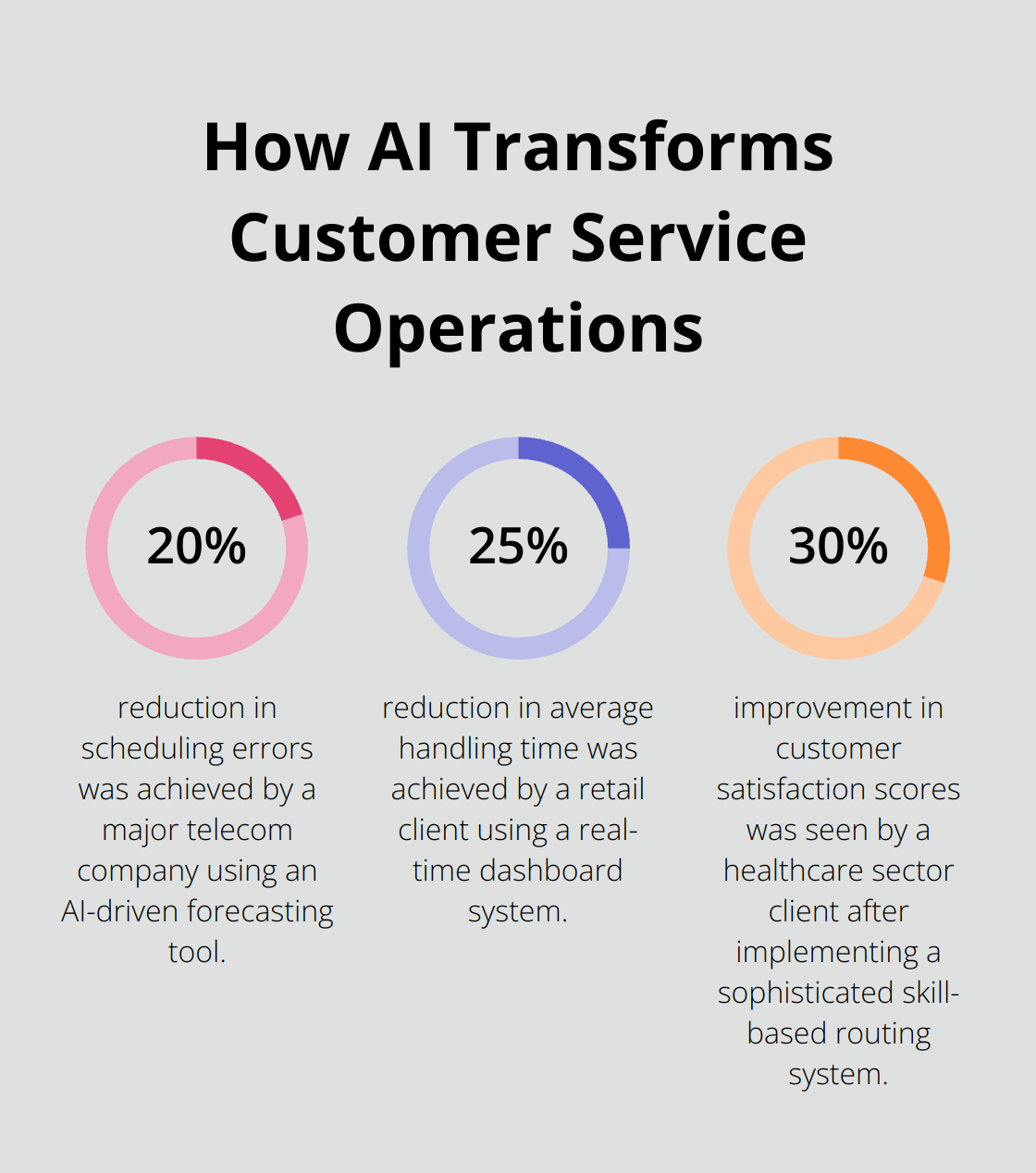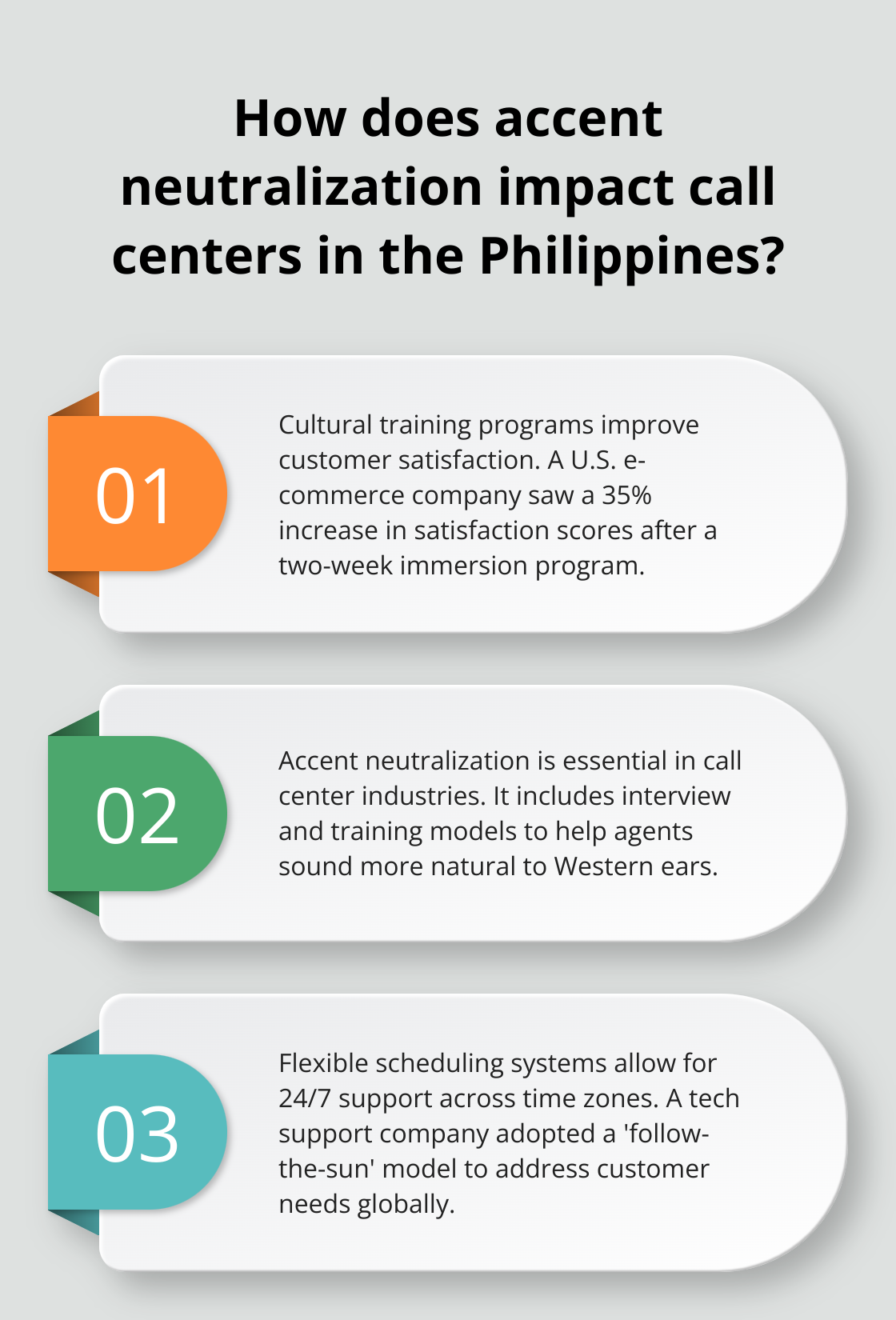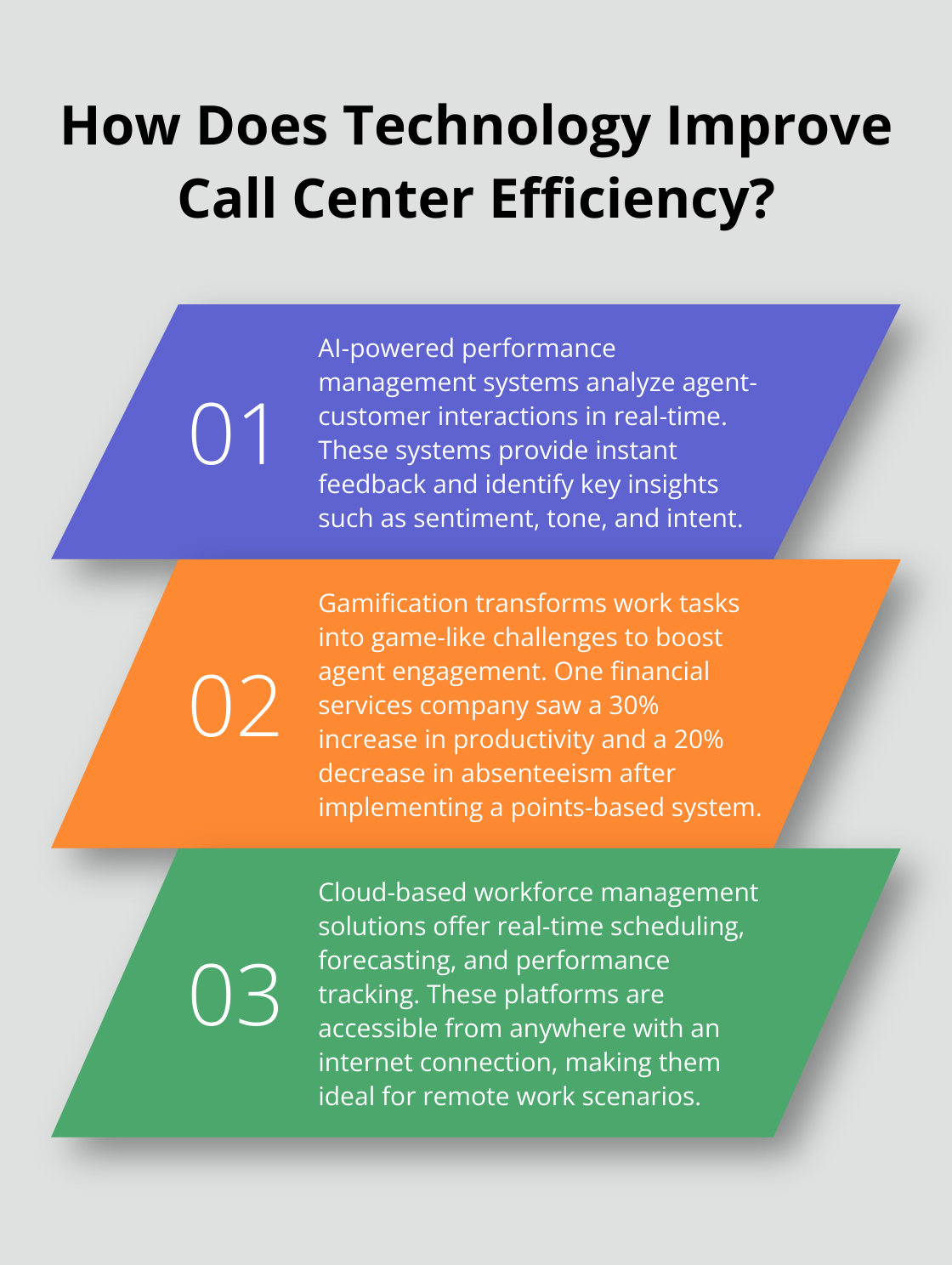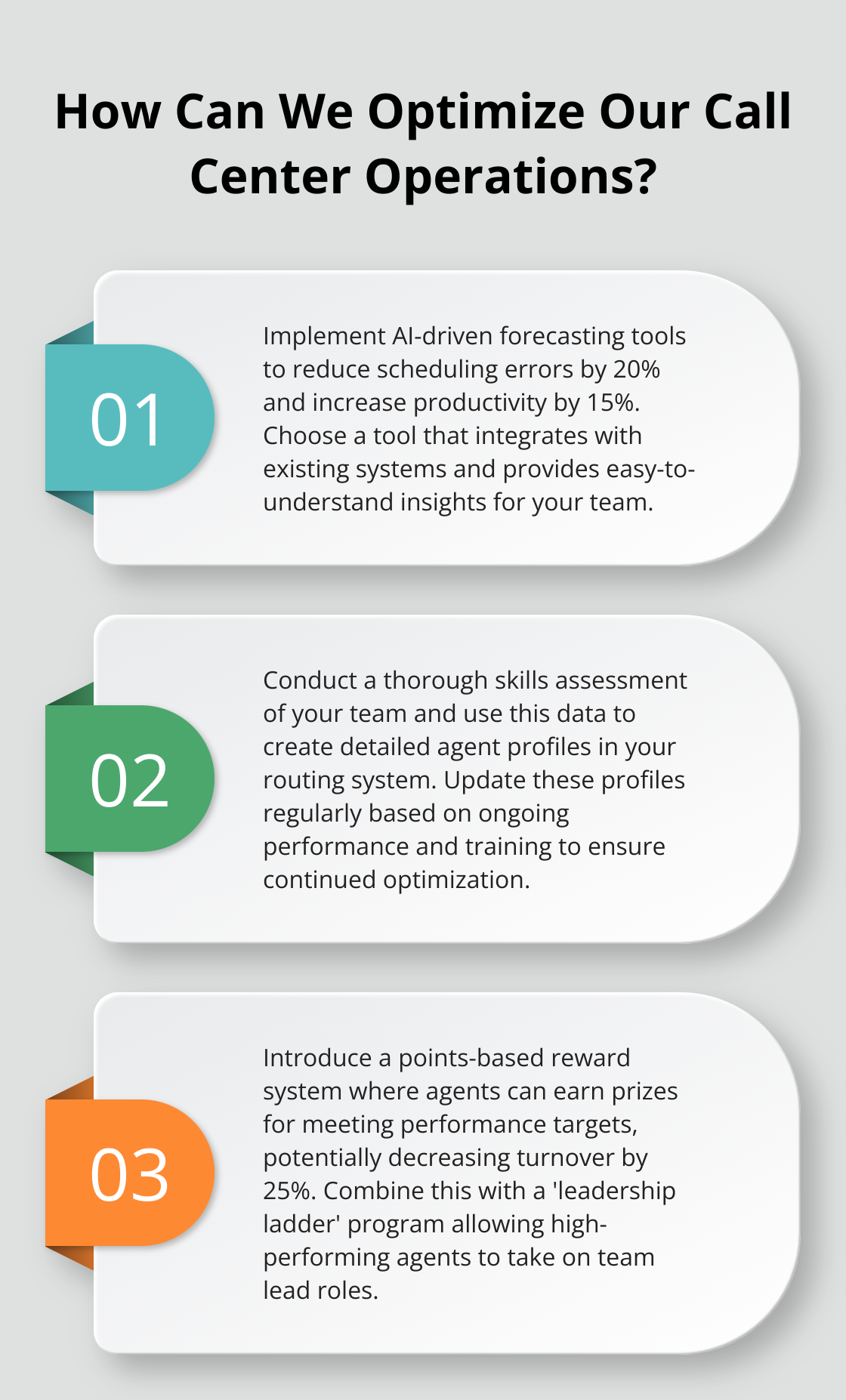The phone lines were chaos. Calls stacked up, agents scrambled, and customers grew frustrated. A fast-growing e-commerce brand had recently expanded their Philippines call center, expecting smooth sailing. Instead, they faced missed revenue, high turnover, and wildly inconsistent performance.
They weren’t alone. Many businesses underestimate the complexities of workforce management in the Philippines. The country offers a world-class labor pool with exceptional English fluency and customer-first mindsets—but unlocking that potential requires more than hiring talent and hoping for the best.
At Outsource Consultants, we’ve helped companies go from firefighting daily issues to running efficient, high-performing teams that boost ROI and elevate CX. In this post, we’ll share the key strategies, technologies, and best practices to turn your Philippines-based call center into a growth engine—not a growing headache.
How to Boost Philippines Workforce Management
At Outsource Consultants, we’ve identified three key strategies that significantly improve workforce management in Philippines call centers: advanced forecasting, skill-based routing, and real-time performance tracking.

1. Predictive Analytics: Smarter Staffing, Better ROI
AI-driven forecasting helps avoid over/understaffing, improving productivity by 15% for one telecom client. The key? Use tools that integrate easily and deliver clear, actionable insights.
2. Skill-Based Routing: Right Agent, First Time
A healthcare client saw 30% higher CSAT after assigning calls based on language, expertise, and performance data. Start with a skill audit and keep profiles updated.
3. Real-Time Monitoring: Fix Issues Fast
Dashboards that track KPIs in real-time led one retail client to cut handling time by 25%. Focus on metrics tied to business goals, and empower managers to act immediately.
“According to Gartner, 85% of customer interactions will be handled without human intervention by 2025, highlighting the need for AI integration in call centers.” — Corey Kotlarz, Founder & President
Bridging Cultural and Linguistic Gaps
Cultural misunderstandings and language barriers can significantly impact customer satisfaction. To mitigate these issues, implement comprehensive cultural training programs. A U.S.-based e-commerce company saw a 35% increase in customer satisfaction scores after introducing a two-week immersion program focusing on American idioms and cultural nuances.
Accent neutralization training is also essential. Invest in professional voice and accent coaches to help agents sound more natural to Western ears. This training is institutionalized in many call center industries (CCIs) and includes interview and training models.
Mastering Global Time Zone Management
Operating across multiple time zones presents challenges, but it also offers opportunities to provide 24/7 support. Implement a flexible scheduling system that allows for overlapping shifts. This ensures smooth handovers and consistent service quality.

A tech support company adopted a ‘follow-the-sun’ model, where different global teams hand off work to each other as time zones shift. This model is designed to address and satisfy customer needs without regard to geographic location or current time zone.
To manage fatigue in night shift workers, consider offering shorter shifts or longer breaks. One call center introduced 6-hour night shifts instead of 8-hour ones, leading to a 15% improvement in agent performance and a 30% decrease in absenteeism.
Retaining Top Talent in a Competitive Market
The Philippines BPO industry is highly competitive, making agent retention a significant challenge. To keep your top performers, focus on creating a positive work environment and offering clear career progression paths.
Implement a robust recognition program. A healthcare client saw a 25% decrease in turnover after introducing a points-based reward system where agents could earn prizes for meeting performance targets.
Offer opportunities for skill development and career advancement. One tech industry company introduced a ‘leadership ladder’ program, allowing high-performing agents to take on team lead roles. This initiative reduced attrition by 30% among top performers.
Consider offering competitive benefits packages. While salary is important, don’t underestimate the value of health insurance, paid time off, and performance bonuses. A financial services company saw a 20% increase in employee satisfaction after introducing a comprehensive benefits package.
These strategies can significantly improve the efficiency and effectiveness of your Philippines-based call center operations. The key to success lies in continuous adaptation and improvement of your workforce management strategies. As we move forward, we’ll explore how technological innovations can further enhance workforce efficiency in Philippines call centers.
How Tech Boosts Call Center Efficiency
At Outsource Consultants, we observe how technological innovations enhance workforce efficiency in Philippines call centers. Let’s explore some cutting-edge solutions that transform the industry.
AI-Powered Performance Management
AI-powered performance management systems revolutionize call center operations. These systems analyze agent-customer interactions in real-time, providing instant feedback and identifying key insights such as sentiment, tone, and intent. This allows for immediate coaching opportunities and continuous improvement.

To implement such a system effectively, start with a pilot program. Select a small team of agents and run the AI system alongside traditional quality assurance methods. This allows you to fine-tune the system and address concerns before a company-wide rollout.
Gamification for Engagement
Gamification proves to be a powerful tool for boosting agent engagement and productivity. By transforming work tasks into game-like challenges, call centers increase motivation and performance. A financial services company introduced a points-based system where agents earned rewards for meeting KPIs. This led to a 30% increase in productivity and a 20% decrease in absenteeism.
When you implement gamification, align the rewards with your business goals. For instance, if customer satisfaction is a priority, create challenges that reward high CSAT scores. Also, ensure the system is fair and transparent to maintain agent trust.
Cloud-Based Workforce Management
Cloud-based workforce management solutions transform how call centers operate, especially in the context of remote work. These platforms offer real-time scheduling, forecasting, and performance tracking, all accessible from anywhere with an internet connection. Humanity, for example, stands out as a top choice for cloud-based employee scheduling software, particularly for call centers and BPO industries.
When you choose a cloud-based solution, prioritize security and scalability. Ensure the platform complies with data protection regulations and can grow with your business. Also, look for solutions that offer mobile apps (enabling managers to make quick decisions on the go).
Implementing these technological innovations requires careful planning and execution. It’s not just about adopting new tools, but about changing how your team works. Regular training and open communication are essential to ensure your team embraces these new technologies.
The Philippines call center industry offers incredible potential—but only if you manage it with precision. We’ve seen struggling operations transform into CX powerhouses by pairing smart workforce strategies with the right technology.
AI forecasting that gets staffing right. Skill-based routing that connects customers with the best agent the first time. Real-time monitoring that turns reactive chaos into proactive excellence.

The tools are there. The talent is there. The opportunity is massive.
At Outsource Consultants, we help businesses bridge the gap between potential and performance. Ready to optimize your Philippines-based operations? Let’s talk.
Philippines Workforce Management FAQs
1. What makes workforce management critical for Philippines call centers? Effective workforce management ensures optimal staffing, improves service levels, and boosts ROI by minimizing idle time and enhancing agent productivity.
2. How can predictive analytics improve call center performance? Predictive analytics helps forecast call volumes accurately, reducing understaffing or overstaffing and enabling better resource allocation.
3. What are the benefits of skill-based routing in a call center? Skill-based routing matches customer queries with the most qualified agents, improving first-call resolution rates and enhancing customer satisfaction.
4. How can cultural training impact customer interactions? Cultural training equips agents with the knowledge to navigate cultural nuances effectively, resulting in better rapport with international customers.
5. Why should call centers invest in AI-powered performance management? AI-powered systems like Observe.AI provide real-time feedback and insights, enabling immediate coaching and performance improvements.






